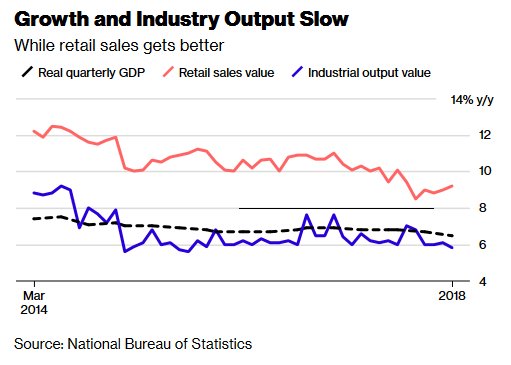I think much of the pain we see in "bad technology" (esp. in government) is the myth that it's a free lunch — "solutions" without costs.
Here are a few examples:
But the tradeoff is real: it's in decisionmaking, in power.
Having *users* guide decisions means other stakeholders wield less power. That's real.
Actual end-users — clients, beneficiaries, citizens, residents, etc. — are a subset of stakeholders.
But you can't be user-centered *and*, say, taxpayer-centered.)
Organizations with technology in their DNA (eg leadership background) take as given that automation has limits to its complexity, *and* requires deep, full specification.
A process with a lot of human judgment *can't* be automated.
- Underspecified
- Require more human judgment than admitted in RFPs
(obligatory nod to @PopTechWorks' work here)
But without understanding the devil in those details, it's a disaster.
1. Reduced human judgment, which requires...
2. VERY DETAILED specification of rules
And for automation to be low-cost, it really needs to be:
3. A relatively low-complexity set of rules
The cost savings of technology really only come if you're technologizing *simple* things.
Having done a fair bit of engineering I worry so much about how many decisionmakers seem to think tech cost scales linearly with complexity. It doesn't!!1
1. Quality
2. Complexity
3. (Low) Cost
You get to choose 2.
Government often *tries* to get all 3 — often, I think, because the "complexity" is table stakes. "That's policy. We don't touch that."
It often pursues complexity so deeply that it abandons both quality and cost.
But private companies tend to face worse repercussions for low quality and/or high cost.
Govt tends to face worse repercussions for reducing complexity. ("That's non-compliant!" "That's illegal!")
"Can I make things better — but without changing anything?"
The answer is: no.
(And apologies @PopTechWorks I realize once I mentioned you it kept you in this boat and I literally cannot figure out how to from replies in the Twitter web UI, ugh.)






